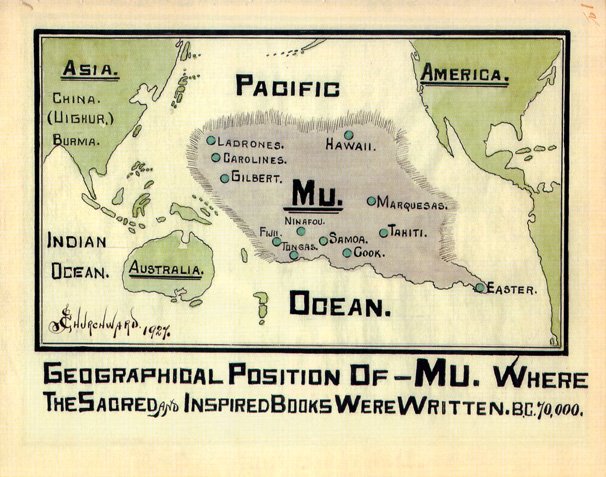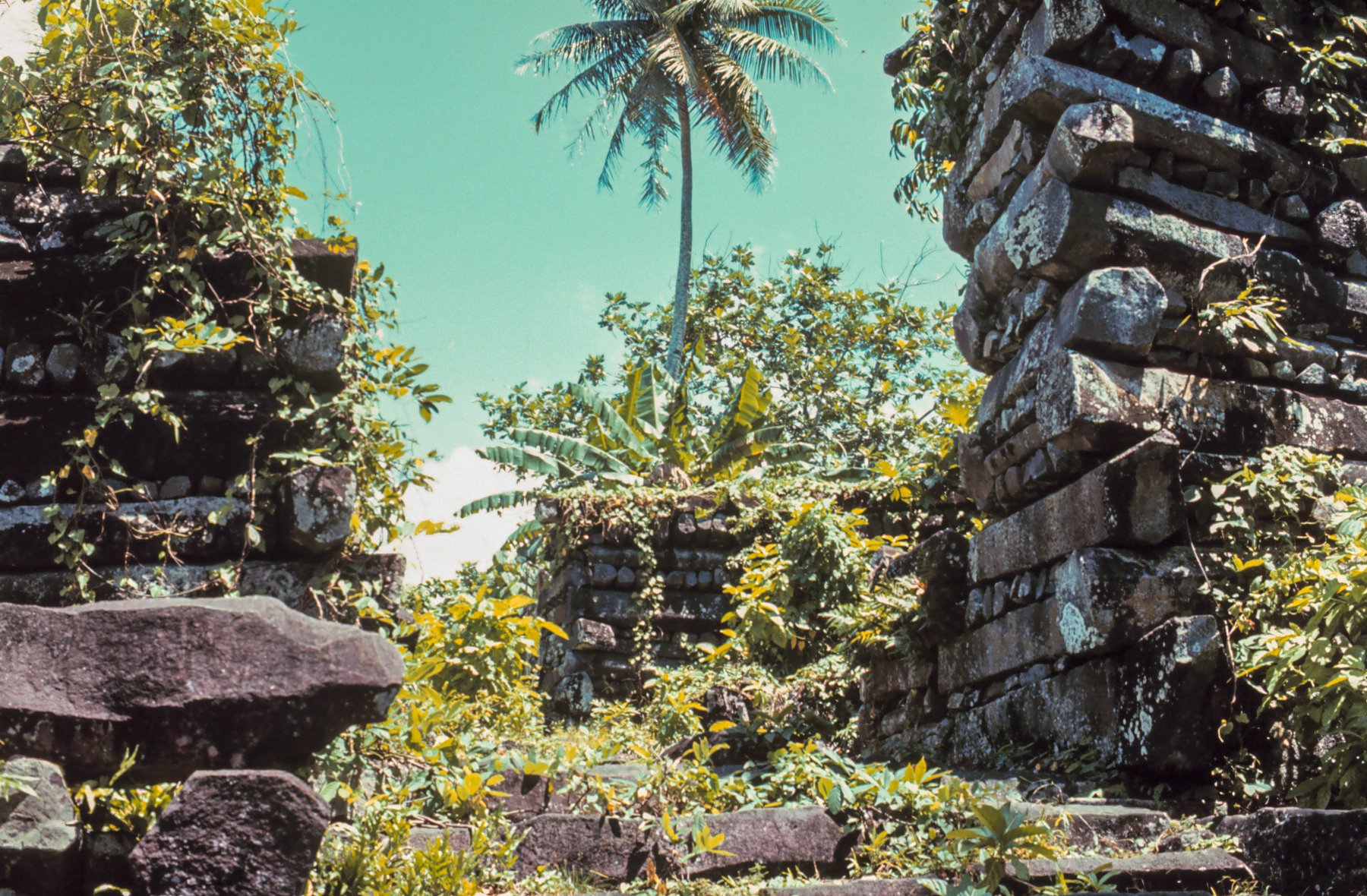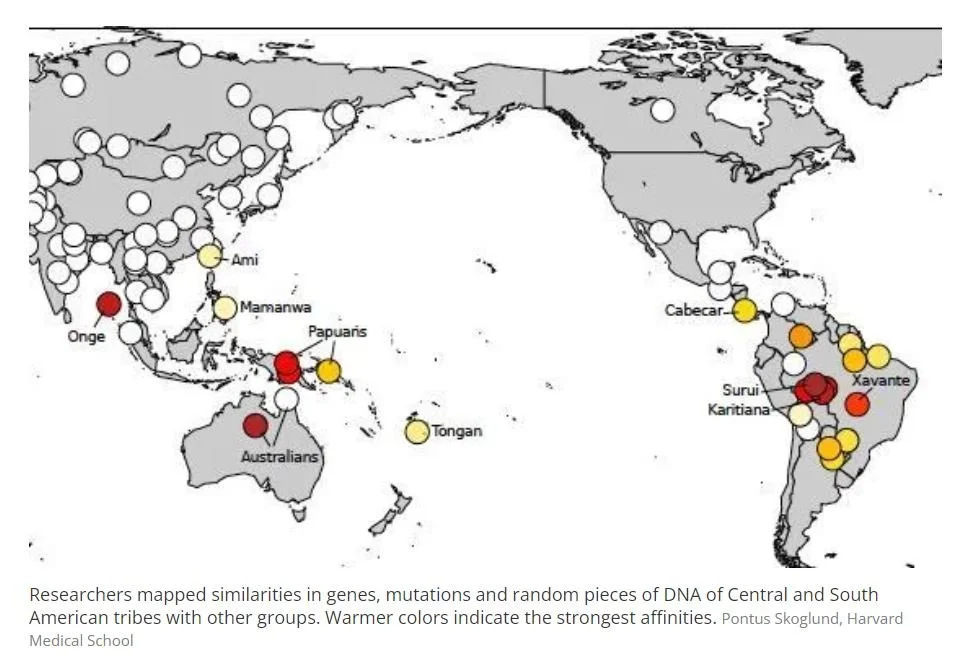In Search of Mu: The Lost World by James Churchward
Disclaimer
The intention of this content is to expand awareness about certain places, myths and stories told at some point by humanity. Much of the information may not find materialistic scientific basis or contradict current theories. Knowledge, throughout history, is constantly updated, constructed or replaced as there is greater understanding. Therefore, we want to build a serious approach, within free thinking, and in its use in a beneficial way for collective evolution. If you enjoy this type of content consider following us on Instagram and Youtube for more.
Introduction
Hello, Explorers! Today, we will embark on a fascinating journey through the world of mysterious archeology and myth, exploring the life and works of James Churchward, a controversial name many associate with the legendary lost continent of Mu.
Who was James Churchward?
James Churchward, born in 1851, was a British explorer, author and mystic who gained notoriety for his claims about the existence of an ancient continent called Mu. Churchward spent much of his life in India, where he had access to ancient manuscripts and inscriptions that supposedly contained information about Mu. He is best known for his series of books, including "The Lost Continent of Mu" and "The Children of Mu", which detail his controversial theories about this lost civilization.
What was supposedly the lost continent of Mu?
To better understand the enigmatic lost continent of Mu, let's delve deeper into its supposed geographic location, its natural landscapes and its people. According to James Churchward's theories, Mu was a vast expanse of land located in the middle of the Pacific Ocean, stretching from what we now know as Hawaii to the South Pacific Islands and Easter Island. This lost continent would have been characterized by majestic landscapes, including towering mountains, vast plains, winding rivers and dense forests. A true natural paradise!
Drawing by the author himself, James Churchward
Churchward also imagined Mu as the home of a highly advanced civilization, whose inhabitants colonized different places on the globe. He described these people as physically tall and with a deep understanding of spirituality and science. The inhabitants of Mu would have mastered a form of hieroglyphic writing called “Naacal” and developed an advanced system of government. Their cities, according to Churchward's theories, were opulent and filled with temples and ornate buildings, indicating a wealthy and prosperous society. Any similarity with the legend of Atlantis is not a mere coincidence.
Churchward's view of Mu included the belief that this ancient civilization possessed scientific and technological knowledge that rivaled modern advances. He argued that the people of Mu were masters of engineering and agriculture, building complex irrigation systems and megalithic structures. However, this idyllic view of Mu as a lost paradise is widely rejected by the scientific community, which lacks concrete evidence to support such claims. Therefore, Mu remains more of an enigma, fueling the ongoing fascination with lost continents.
What are the ancient references to the continent?
To support his theories about Mu, James Churchward claimed to have found evidence in ancient manuscripts and inscriptions, with the two main documents cited in his books being the Troano Manuscript and the Lhasa Record. According to Churchward, these manuscripts contained detailed accounts of the existence of Mu and its advanced civilization.
The Troano Manuscript or Codex of Madrid, which Churchward claimed to have translated from Mayan writings, described a catastrophe that occurred when Mu still existed. An excerpt from the manuscript was interpreted and translated as:
In the year 6 Kan, on the 11th Mulac in the month Zac, there occurred terrible earthquakes, which continued without interruption until the 13th Chuen. The country of the hills of Mud - the land of Mu - was sacrificed; being twice heaved up it disappeared during one night, the basin being continually shaken by volcanic forces. Being confined, this caused the land to sink and to rise several times and in various places. At last the surface gave away and ten countries were become asunder and scattered; unable to stand the force of the convulsions, Mu sank with 64,000,000 inhabitants.
Facsimile of the Madrid Codex, Museum of the Americas, Madrid, Spain - Wikipedia
Furthermore, Churchward referenced the Lhasa Record, which he claimed was an ancient Tibetan inscription. According to his interpretations, this inscription corroborated the existence of Mu, his fall, and his technological and spiritual achievements. Below is an excerpt that describes the catastrophe of the old continent:
“When the star Bal fell on the place where is now only sea and sky the Seven Cities with their Golden Gates and Transparent Temples quivered and shook like the leaves of a tree in storm. And behold a flood of fire and smoke arose from the palaces. Agony and cries of the multitude filled the air. They sought refuge in their temples and citadels. And the wise Mu, the hieratic of Ra-Mu, arose and said to them: ‘Did not I predict all this?’ And the women and the men in their precious stones and shining garments lamented: ‘Mu, save us.’ And Mu replied: 'You shall die together with your slaves and your riches and from your ashes will arise new nations. If they forget they are superior, not because of what they put on, but of what they put out, the same lot will befall them!’ Flame and smoke choked the words of Mu. The land and its inhabitants were torn to pieces and swallowed by the depths in a few months.”
Many scholars and experts in linguistics and archeology have disputed the authenticity of these documents and translations, highlighting inconsistencies and a lack of solid evidence to support Churchward's claims. But why would people in opposite places on the globe describe a catastrophe in such similar terms?
Other Quotes to the Lost Continent
Theosophy and mysticism played a significant role in the spread of James Churchward's ideas about the lost continent of Mu. Although Mu is not explicitly mentioned in the writings of Helena Petrovna Blavatsky, one of the founders of the Theosophical Society, his works laid the foundation for later interest in lost continents and advanced ancient civilizations. Blavatsky introduced the concept of "Lemuria", which, although not identical with Mu, was associated with an ancient continent in the Indian Ocean.
One of the main theosophical texts that echoes the idea of lost continents is Blavatsky's "The Secret Doctrine", where she talks about the existence of ancient continents that disappeared due to natural catastrophes. Furthermore, theosophical influence can be seen in the works of other mystics and esotericists who discussed the existence of ancient continents and lost civilizations. The link between mysticism and Churchward's theories about Mu serves as a notable example of how spiritual beliefs can influence historical interpretations.
Prof. Arysio dos Santos, a Brazilian author, nuclear physicist, also wrote a book about the supposed location of a lost continent in the Pacific. In his book called “Atlantis: The Lost Continent Finally Found” he offers numerous clues about the location of the supposed Atlantis through comparison of stories, myths and megalithic evidence.
Current researchs in the Pacific Ocean
Although Churchward's theories about Mu have been largely discredited by the scientific community, there are still efforts to explore the Pacific Ocean for traces of ancient civilizations. A notable example is the expedition led by astronomer Avi Loeb, which searches for evidence of advanced technologies or underwater archaeological artifacts that could support the idea of ancient civilizations. However, so far, these expeditions have not yielded conclusive results related to the lost continent despite claiming impressive finds that could connect ancient myths with an interstellar impact.
Nan Madol, Easter Island and Mysteries of now
Nan Madol, also known as the "Venice of the Pacific", is an ancient city on the islands of Pohnpei in Micronesia that intrigues with its complex network of canals, drainage and huge stone buildings. What makes this city even more enigmatic are the cultural similarities with other Polynesian cultures, despite being geographically distant. Nan Madol was a center of power and ceremonies, but the construction methods and reason for its location remain unknown.
Nan Madol, from Wikipedia.
Likewise, Easter Island, a remote spot in the middle of the Pacific Ocean, is famous for its moai, gigantic stone statues. The Rapa Nui culture, which created it, has cultural affinities with Polynesian cultures. The moai, some more than 20 meters tall, are an engineering marvel, but the reasons for their construction and how they were transported remain an enigma. Although they have religious and ceremonial significance, the exact truth of these practices remains uncertain, further igniting theories about a lost civilization.
Moais on Easter Island, from Squarespace.
There are oral reports and legends that preach the arrival of ancestors from the west (Pacific) by the people of the Brazilian and Peruvian Amazon. And most surprisingly, the Smithsonian Institute itself claims that DNA tests have traced common origins between the indigenous peoples of the Americas and the native peoples of the Pacific Islands.
Conclusions
James Churchward and his theories about the lost continent of Mu remain an intriguing mystery linking archeology and myth. His beliefs about Mu and their connections to ancient texts continue to fascinate and challenge our understanding of history. As modern expeditions search the Pacific Ocean for answers, the truth about Mu remains shrouded in speculation and debate. Regardless of its authenticity, James Churchward's story reminds us of the eternal quest to understand our past and the wonders that can still be discovered through exploration, in the vast and mysterious ocean of our ancestors' myths and oral histories.
After all, the truth is out there. Until the next!




